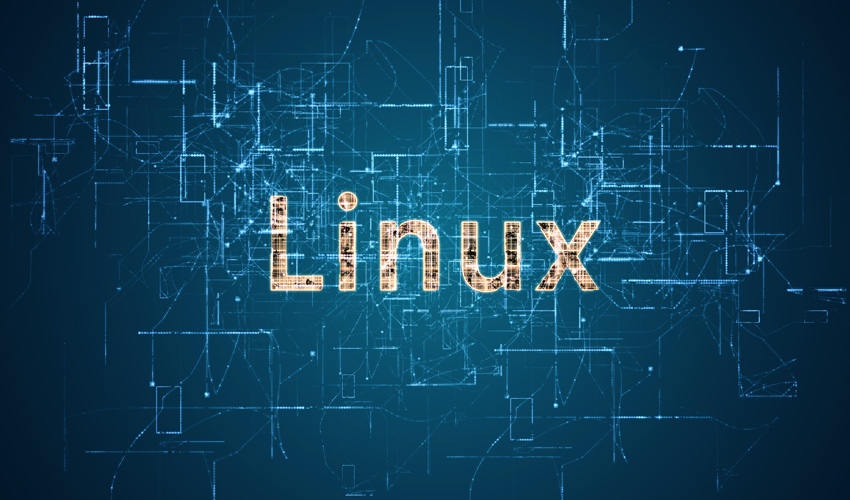-
chevron_right
Mastering Linux Disk Management: LVM and Disk Partitioning
pubsub.slavino.sk / linuxyournal · Thursday, 28 March - 16:00 edit · 1 minute

Linux stands as a bastion of power and flexibility in the world of operating systems, particularly when it comes to managing disk storage. Whether you're a seasoned sysadmin, a developer, or a Linux enthusiast, understanding how to efficiently manage disk space is crucial. This guide delves into the intricacies of Disk Partitioning and Logical Volume Management (LVM), equipping you with the knowledge to optimize your Linux system's storage.
Understanding Disk Partitioning
Disk Partitioning is the first step towards organizing the storage on a disk. It involves dividing a disk into separate sections, each functioning as an independent disk, which can be managed separately. This segregation helps in managing files, running different operating systems on the same disk, or creating a dedicated space for specific data.
Types of Disk PartitionsThere are three main types of partitions:
- Primary Partitions: Directly accessible and used for booting the system. A disk can have up to four primary partitions.
- Extended Partitions: Created within a primary partition, acting as a container that can hold multiple logical partitions. This is a workaround for the four-partition limit.
- Logical Partitions: Nested within an extended partition, allowing for more than four partitions on a disk.
A file system dictates how data is stored and retrieved. Each partition can use a different file system (ext4, NTFS, FAT32, etc.), affecting performance, storage efficiency, and compatibility.
Tools for Disk Partitioning in LinuxLinux offers a plethora of tools for disk partitioning, including:
- fdisk: A command-line utility ideal for MBR disks.
- gdisk: Similar to fdisk but for GPT disks.
- parted: A versatile tool that supports both MBR and GPT disks.
The Basics of Logical Volume Management (LVM)
LVM is a more flexible approach to managing disk space. It allows for resizing partitions (logical volumes) on the fly, creating snapshots, and combining multiple physical disks into one large virtual one.
Značky: #Linux








